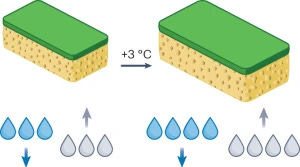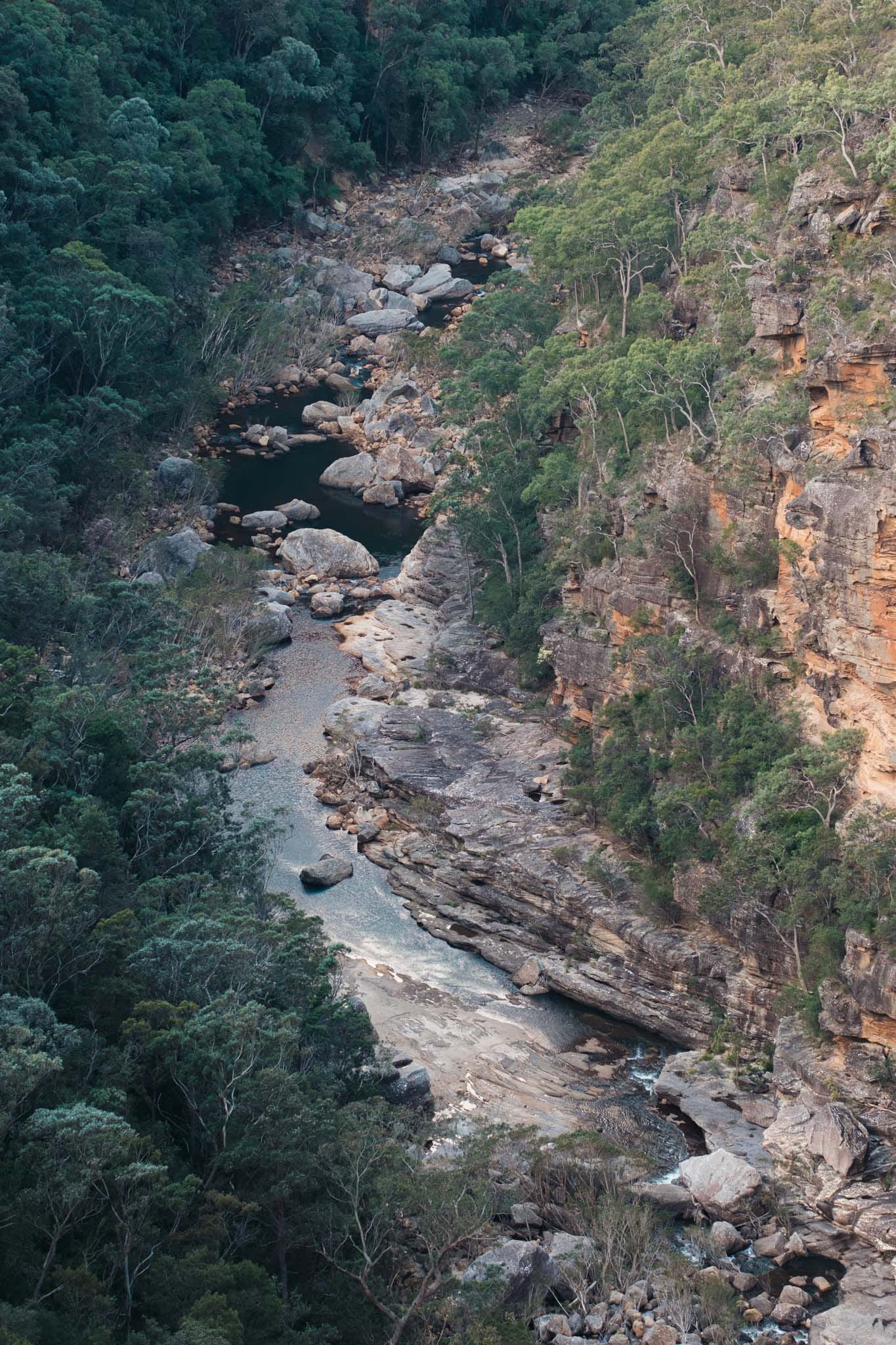Fasten your seatbelts, it’s going to be a bumpy ride.
In other words, welcome to 2025!
I know, I know, the year started some time ago. Heck I’ve already published not one, not two, not three, but four posts. The first tragically foretold David Lynch’s demise (and I meant what I said about being determined to find out). The second saw me wading into the murky waters of the shocking LA Fires, offering little but solidarity and some second hand insights from an anthropologist. The third was a clean and simple regurgitation of some future fire related research papers that have recently hit the streets. An extended list of side effects, if you will. A long break ensued, then I cheated and published a fourth post that was written last year in a failed bid to win a prize. At least I got to show off some of David Shooter’s brilliant drawings. (If you’re new around here, check out the archives, it’s quite possible my best work is behind me).
So what am I doing here now? Well, to be honest it feels like I’m only just waking up to the year. We moved house, precipitating a) a gap in blog posts and b) sheer and utter chaos in the personal and working life of my family and I. Sure, we didn’t lose our house in a war or fire. But from where I sit perched atop Mt Privilege, this was A Major Disturbance. For a brief moment in the week after the move I basked in the joy of surviving the move, then the adrenaline wore off and I got dragged back into the undertow.
But now I’m back. How can I tell I’m back? Because I’m here, in my happy place, writing. An activity one can only truly self-indulge in once one or two modicums of balance have been achieved. Heck, just the faint outlines of balance in the distance have given me a shot in the arm. I might be late, but crikey that’s the starter’s gun! The year is off and running!
True, January and February are behind us (I’m rounding up - sue me), but that leaves a full ten (10) months to go! If a calendar year was a lifetime, then we’d be spunky fourteen year olds, staring ahead at a full life of eight-plus decades*. So much is still to happen!
Like a used car salesman, but the car is science
I had my first grant rejection of the year, from the Jack Brockhoff Foundation. To be fair it was actually the University of Melbourne that rejected me, or rather my expression of interest, thus preventing me from putting a full application in. It wasn’t my finest work. It didn’t involve the kind of gruelling, career make-or-breaking effort as a major ARC application (thankfully), so it lacked a bit of rigour. But give it a bit of spit and polish and I’ll be damned if it doesn’t scrub up alright. Here’s some of the application.
Bushfire is a quintessential wicked problem: we can barely agree on a problem definition, let alone a solution. It is a necessary threat: unfathomably ancient, intrinsically local, increasingly risky and inextricably cultural. The health dimensions of fire are many: community connectedness and wellbeing, mental health, connection to Country, firefighter and community exposure to flames, heat and toxic smoke and chemicals, ecosystem health.
For too long our approaches have remained siloed – fire behaviour modellers in one corner, risk mitigation specialists in another, planners over here and lawmakers over there, to say nothing of the systematic exclusion of the oldest continuous living culture on the planet, steeped in sophisticated and practical fire knowledge.
More of the same will not cut it. The explosion in journal articles, subdisciplines and datasets is matched only by the rising toll of fire on people, property and planet. We’ve never had more information, yet our knowledge is fundamentally fragmented leaving us a long way from the wisdom needed to develop mature and lasting solutions to the bushfire crisis. Science is patently not enough. Yet it remains a vital and unique piece of the puzzle.
In short, the need is to bring people together to make sense of the diverse and complex set of answers to bushfire and to work together, with a little help from experts in fire and communication, on solutions. This project will craft the most diverse, inclusive and representative picture yet of fire’s history and potential future, with clear scalability to other communities and countries.
I’m starting to think I wasn’t selected because the panel had no idea what I was planning to do. That’s not quite true.
I had a modicum of an idea.
Which was to spend some time with people living and working in a fire prone community and ask them what they know about fire’s history there, what kind of fire futures they want, and how we might bridge the gap between those futures and our current location. Science would be sprinkled in here and there, and we’d tap the talents of virtuosos in visualisation, storytelling and communication. By the end of it we’d have a strange, beautiful kaleidoscope of the story of fire in this community, built from a range of disciplinary, operational, sectoral and cultural knowledge about fire, fire management and governance. Historians? Check. Lawyers? Check. Planners? Check. Indigenous fire knowledge holders, climate scientists, fire managers? Check, check, check. Artists? Writers? Risk modellers? You get the picture.
Cool, huh?
If you agree, please send a stamped, self-addressed envelope with $600,000 in cash to Future Fire. That oughtta buy a post-doc for a couple of years (depending on the multiplier we can get away with…).
A whip-crack went his whippy tail And the beast was done…
Climatologist and communicator extraordinaire Daniel Swain (and friends) had an article published in Nature Reviews Earth and Environment in early January. It’s kind of a big deal**.
Swain’s paper is called Hydroclimate volatility on a warming earth, which is a pretty cracking title. But things crack even further with the term ‘hydroclimate whiplash’, coined by the authors themselves as far as I can tell. Here’s some of the abstract (my bolding)
Hydroclimate volatility refers to sudden, large and/or frequent transitions between very dry and very wet conditions. … Using a metric of ‘hydroclimate whiplash’ based on the Standardized Precipitation Evapotranspiration Index, global-averaged subseasonal (3-month) and interannual (12-month) whiplash have increased by 31–66% and 8–31%, respectively, since the mid-twentieth century. Further increases are anticipated with ongoing warming, including subseasonal increases of 113% and interannual increases of 52% over land areas with 3 °C of warming; these changes are largest at high latitudes and from northern Africa eastward into South Asia. Extensive evidence links these increases primarily to thermodynamics, namely the rising water-vapour-holding capacity and potential evaporative demand of the atmosphere. Increases in hydroclimate volatility will amplify hazards associated with rapid swings between wet and dry states (including flash floods, wildfires, landslides and disease outbreaks), and could accelerate a water management shift towards co-management of drought and flood risks. A clearer understanding of plausible future trajectories of hydroclimate volatility requires expanded focus on the response of atmospheric circulation to regional and global forcings, as well as land–ocean–atmosphere feedbacks, using large ensemble climate model simulations, storm-resolving high-resolution models and emerging machine learning methods.
Our old friend vapour pressure deficit features prominently in the paper, as do some terrific plots and infographics, including the deceptively charmingly titled Box 1 Clausius-Capeyron and the expanding atmospheric sponge (no, this is not a children’s book, although it totally could be. So could Fires, Floods and Famine, Oh My!). I’m looking forward to reading through the paper in detail (because I spend so much time reading through papers in detail 🤦♂️). Just the sponge alone presents so many questions. How big can the sponge get? Does the scourer part ever become detached from the sponge part? Does it ever get overcome with chia seeds or tuna oil and need to be replaced with another one? I still grieve for some of the sponges I’ve lost. No one deserves to go out that way.

Hot heads and percentage plays
Speaking of thermodynamics, my 9 year old daughter and I were wondering if the phenomenon of hot air rising (less plausibly offset by the lapse rate i.e. decline in temperature with altitude) means that taller people experience greater heat in the upper body, head and scalp region. What do you think, hive mind? Could this effect be real, and if so, important? Even if only over a lifetime?
I was also wondering about reporting relative changes in a variable whose units are already in percentage (e.g. relative humidity). Let’s say that there is a 5% drop in summer time relative humidity on average under climate change (I’m not saying there is, but let’s just say there is). And let’s say that the current relative humidity in summer averages 20% (again, just sayin’). So, we could report this, in all honesty, as a 5% decrease. But we could also report it as a 25% decrease. Which would be more accurate? Which would be more meaningful? And why doesn’t anyone return my emails?
Stay tuned for the answers to these and other important question in a future edition of Future Fire.
~~~
*Unless we’re Aboriginal or Torres Strait Islander people, in which case the January and February of our lives passes by at age 12. This is absolutely appalling. You’d need to accelerate a non-First Nations astronaut to 50% of the speed of light to generate a similar level of time dilation (i.e. difference in the proximity to death) as that experienced by Indigenous people in this country.
** According to the journal’s tracking, there have been 59,000 accesses of the article, and it has achieved an Altmetric of 2,278. Altmetric is an attention score, because that’s what matters nowadays, right? Right?? The highest Altmetric of a paper I’ve contributed to was Nerilie Abram’s 2021 masterpiece on fire and climate variability in Australia (Altmetric=1,208, 61,000 total accesses). The highest Altmetric of a paper I’ve led was the 2022 behemoth (by my standards) on atmospheric dryness, global forest fires and climate change (Altmetric=407, 16,000 total accesses). Ah, stupid journal numbers.


